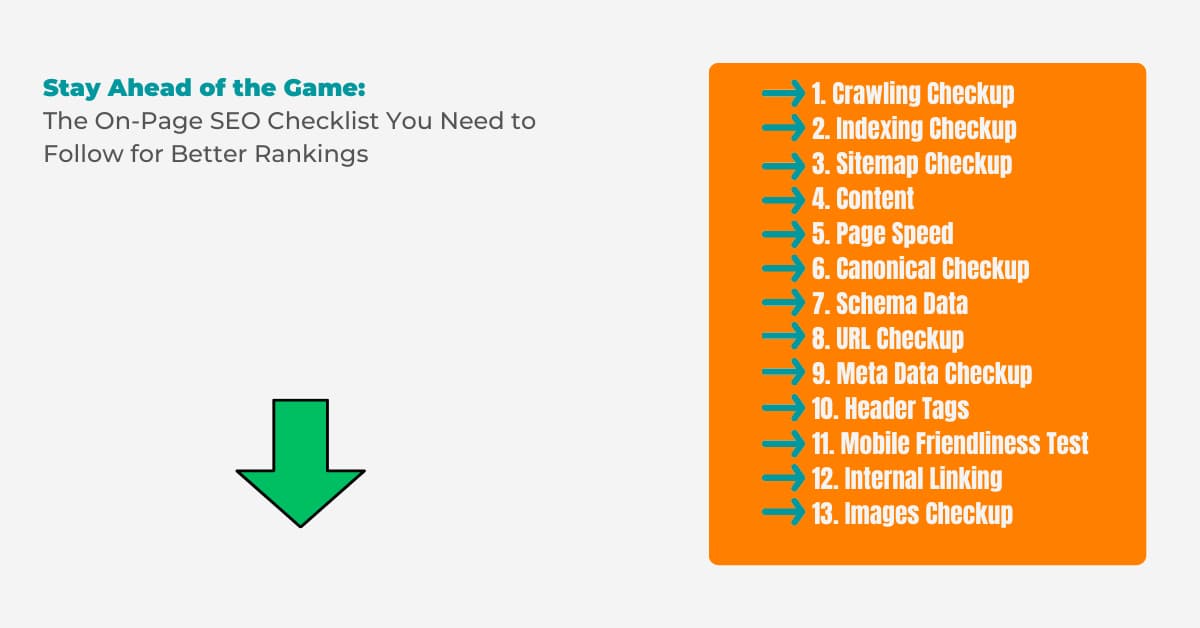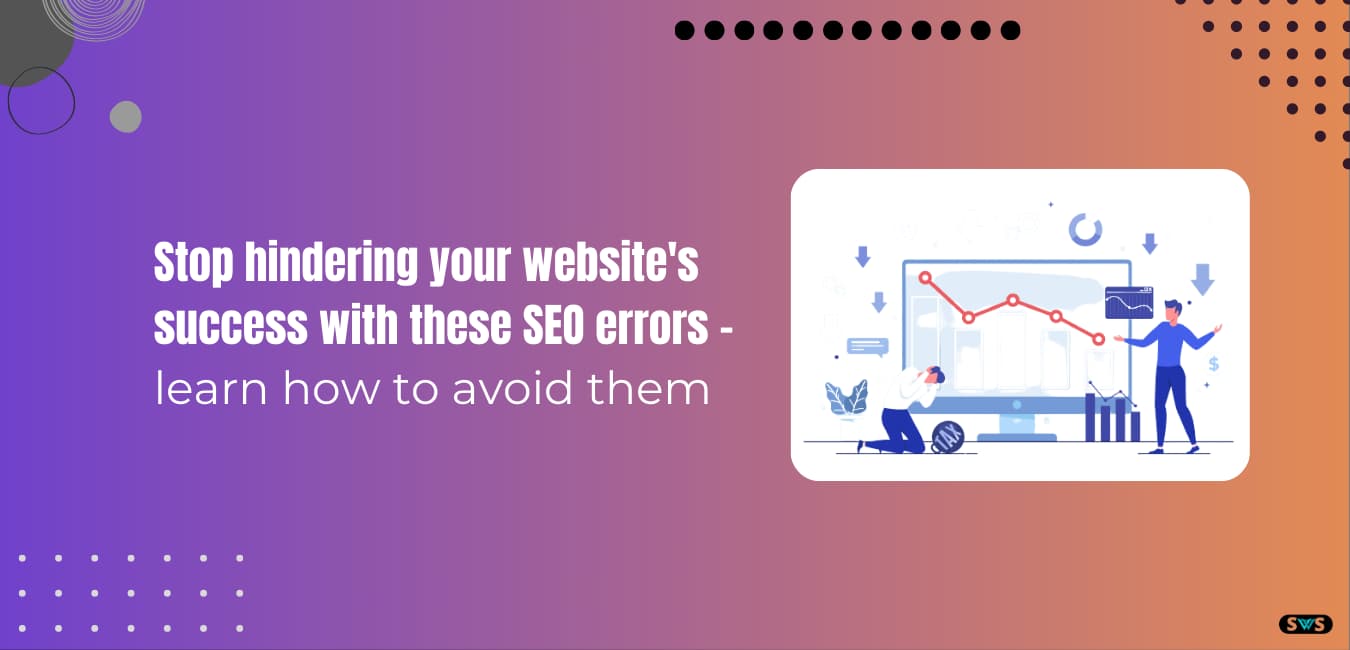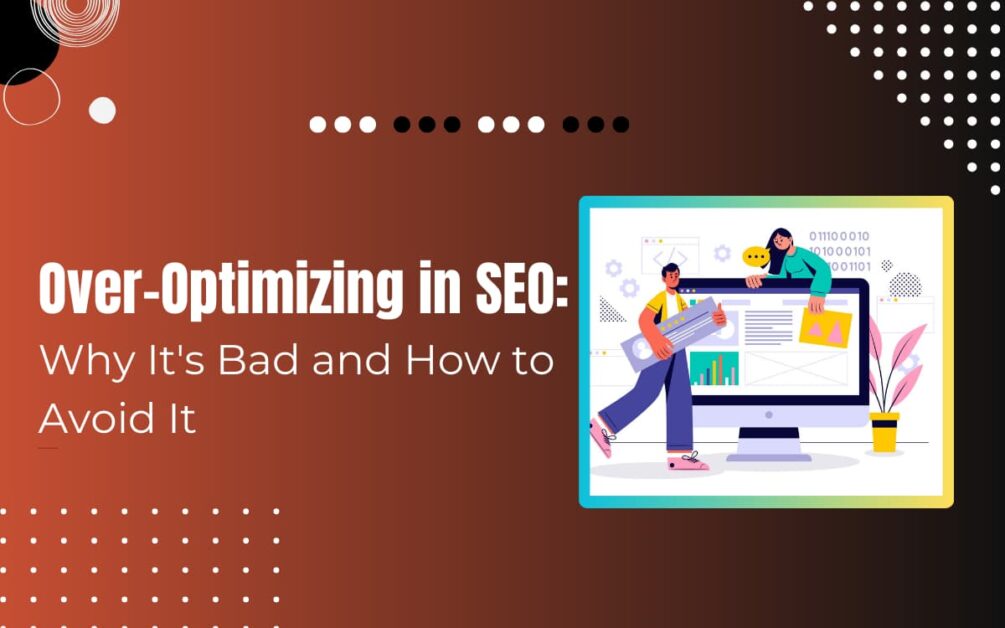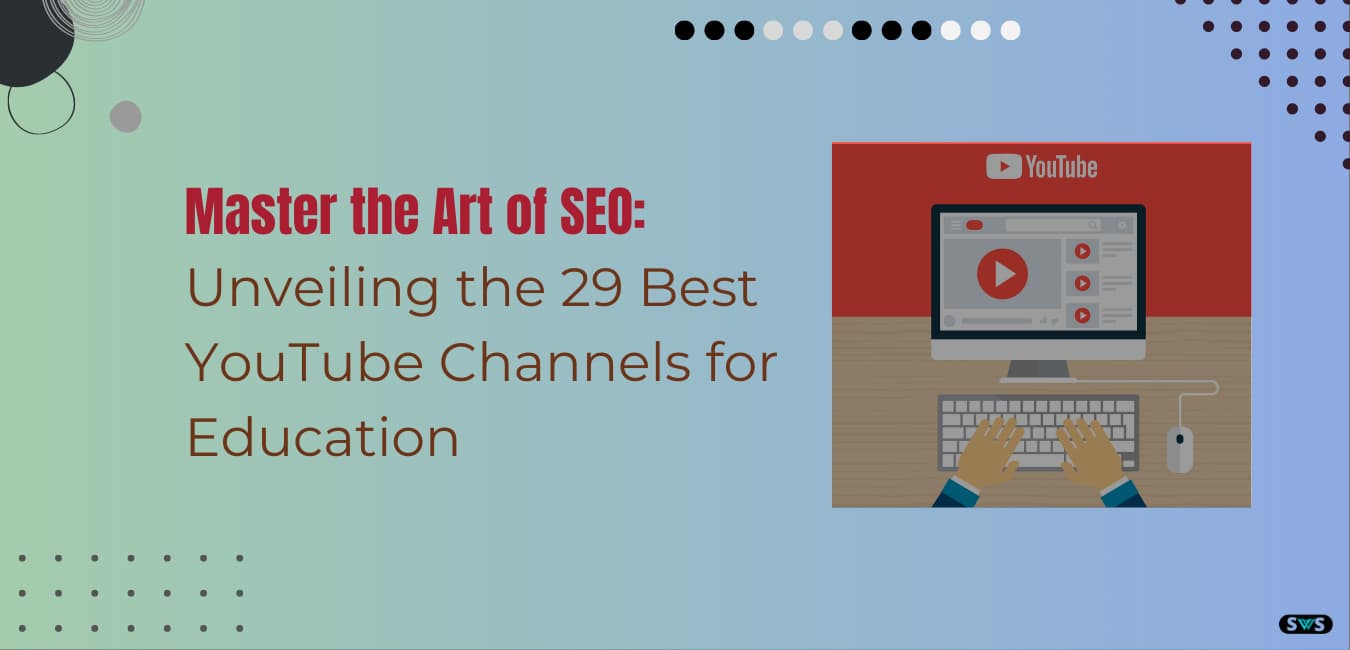Reading Time: 13 mins 14 sec
In this article, we can discuss the basic but essential On-Page SEO factors.
If you look at SEO Practices carefully, then you will find that the activities of On-Page SEO have been almost the same for a long time.

Along with Link Building, Keyword Research, and Content Research are almost the same.
But something in On-Page SEO keeps rising.
Today we are going to have a deep discussion on What is On-Page SEO and the On-Page SEO checklist.
Whatever new features of AI (Artificial Intelligence) and ML (Machine Learning) are added to the search engine.
Due to all of them, the activities of On-Page SEO also increase.
For example, Schema Data, until a few years ago, Schema Data was not a part of our On-Page SEO, but now it works as a big thing in itself.
If you want your online branding, then you have to add Schema Data to your website.
So today in this article we are going to talk about On-page SEO techniques & What is On-Page SEO.
First of all, we know some basic information about On-Page SEO.
What Is On-Page SEO?
On-Page SEO is that whose control is with you or your developer.
If you make your website yourself or get it built by someone, then the things that you are seeing from the front are.
Whose complete control is in the hands of both of you, that is what we simply call On-Page SEO.
Let’s use a few instances to try to comprehend this:
+ First Unique Article – Whenever you write an article on your website, you see it like.
How to do keyword placement in it, how to write its title and SEO of the images present in it, how to enter its URL, all these things are called On-Page SEO.
If you do On-Page SEO of your post well then your blog post will rank quickly in the search engine.
Now I have told it in a very simple way, we will see its complete On-Page SEO checklist next.
Why do we do Advanced On-Page SEO?
We do Advanced On-Page SEO to get our users or we use On-Page SEO to bring traffic to our site.
Now in this process of bringing the user to your website, first of all-
The user searches his quarry on any search engine or Google and after that whatever the user has searched, the search engine shows him a list of some sites related to it.
Now from that list, the user clicks on the link of one of the sites where he thinks that whatever Quarry he has searched, that site will give him satisfactory information about it.
After clicking on the link, the user lands on the site where he gets some content.
Now after this, if that user is satisfied with the content of that site, then he will also see different pages of that site or if he gets what he wanted on this page, then he may not visit his other pages.
But if he finds that content beneficial then he can share that content with his friends.
In this entire process, if the user becomes satisfied with our content and our website, then that user becomes our acquirer.
You have to keep this thing in mind you have to focus your attention on User Satisfaction.
If the user faces any problem at any stage in this entire process, then he will remain dissatisfied with your content.
The result of this will be that it will not come to your site again and due to this Google will not rank your website in the top position and downgrading of your website will start.
Therefore it is very important for you to understand What is On-Page SEO.
Now we will understand Step of Step this On-Page SEO Checklist and see how we can get our website ranked in the top position with the help of On-Page SEO.
Why on-page SEO is important
Effective on-page SEO can help your website:
Rank higher in search results – Improve your ranking in search results by using on-page optimization, which enables search engines to better understand the content of your web pages and evaluate their relevance to various search queries. The higher your pages rank in search results, the better your on-page SEO performs.
Increase organic traffic – More visitors to your website could have been attracted organically by higher ranks and contact in search results.
Improve user experience – By improving your on-page SEO, you can provide relevant information that satisfies users’ search intent and make sure that your website is simple to use.
Which choice is an on-page SEO practice
On-Page is a part of Search Engine Optimization which gives us the opportunity to have complete control over our web pages.
If we talk about its examples then there are many things like content, headlines, image optimization, title tag, meta description, and structure data which we have to pay attention to.
On-page SEO types
Content optimization – Content optimization is the process of producing outstanding content that is both relevant to and optimized for search engines.
Meta tags optimization – Improving the relevance of meta titles, descriptions, and headers for search queries.
URL optimization – URL optimization is the process of creating user-friendly, search-friendly URLs that contain appropriate search terms.
Image optimization – Image optimization is a method of making images faster to load, more relevant to search terms, and more accessible by adding alternative text.
On-page SEO examples
- Target keywords should be used in the text, meta descriptions, and the body of the article.
- Generating original and relevant content that responds to user search queries.
- Using header optimization (H1, H2, H3, etc.) to arrange the content and inform search engines of the topic of the page.
- Generating a keyword-rich URL structure that is search-friendly.
13 Essential On-Page SEO Factors
1. Crawling Checkup
Bots of search engines visit the website, which is called Crawling.
It is from this crawling process that the search engine gets to know what content is on your website, how important this website is, and what type of users should show this website.
Crawling is the first step of SEO (Search Engine Optimization).
If your website is not being crawled properly then it will neither be indexed nor will it be able to rank in search results.
It may be that some pages of your website are crawling properly.
You may feel that there is no error in your website but it may be that many of your important pages are not crawling.
You can fix all these problems even after Crawling Checkup.
In Crawling Checkup, you check your Robots.txt and .htaccess files to see if there is any URL or folder block, which is blocking your important pages.
Google Search Console tells you the issues related to Crawling Errors, from where you can find almost all types of errors on your website.
2. Indexing Checkup
Search Engines index the pages of your website after crawling them.
If you have created a website and you put a post inside it, then it is certain that the search engine will definitely index your pages.
No search engine ever indexes all the pages of a website.
Your job as an SEO is that you can get more and more useful pages of your website indexed in search engines.
In this Indexing Checkup, we see which pages of our website have been indexed in search engines, which pages have not been indexed, and why they have not been indexed.
So by solving the obstacles coming in the way of their indexing.
By doing this you can also improve your On-Page SEO.
3. Sitemap Checkup
Most people forget this step but it is an interesting point.
A sitemap can also create the problems of both Crawling and Indexing and it can also overcome the problem of both.
If you have a page that has not got an Internal Link and External Link from any of your other pages and also it is not found in the Sitemap, then neither that page will be crawled nor will it be indexed.
That’s why you check your Sitemap after Crawling and Indexing Checkup.
Before that, you must check the following steps –
First of all, check whether your Sitemap has been created or not.
Is your Sitemap accessible or not?
whether your Sitemap has been submitted to Google Search Console, and
Do you have links to all your important pages in your sitemap?
If any of these issues are visible on your website regarding Sitemap, then first you should fix it because Sitemap is a very important part of SEO, it measures your entire website.
4. Content
The main element of On-page SEO is content, this is the content for which you, we, and everyone else take so much trouble.
SEO’s focus on languages is very important because you also have to talk to your clients.
You also have to make reports and explain to your writers and sometimes you have to write short content yourself.
So if you do not have control over your own language and your Vocabulary (Grammar) is not good.
Then you may have trouble in all the above-mentioned tasks if you know more than one language.
Then your scope of both taking and giving information increases.
If your content has problems with spelling and grammar, then your content will not rank because Google is not an introvert.
If your content has spelling mistakes and grammar is wrong then it will not make any sense so even Google will not be able to know what your content is about.
That’s why you should pay special attention to the language of your content and make yourself perfect in it.
You analyze your content, there is no need to see the percentage of your keywords inside your content and there is no need to put your keywords in your content.
Naturally, read your content like a visitor and make sure that your keywords are being used naturally, not forcibly.
Also, be sure to use your main keyword in the first paragraph of your page because it is a strong indication of what your page is about or what information has been put in it.
5. Page Speed
The speed of your pages is also a big ranking factor.
Since August 2021, Google has started adding Page Speed to the ranking factor, so make sure that your page is optimized for fast performance.
Many people get so busy trying to increase the speed of their website that they forget the rest of the steps.
You should keep in mind that Page Speed is only a Ranking Factor and apart from this there are other Ranking Factors on which we should also focus our attention.
6. Canonical Checkup
Canonical Tags tell the search engine that out of two pages showing the same content, you want to rank only one page.
You should pay special attention to this step because if you do not implement it properly, then it may be that Google will rank that page out of your two pages showing the same content, which you do not want to rank.
And the one you want to rank might not be ranked by Google!
Canonical Tags have an important role in the SEO field, so you should set canonical tags well on your pages.
Almost all SEO Plugins provide you with this facility for free.
7. Schema Data
Schema Data makes your webpage easy for Search Engines to understand.
If search engines understand your page better, they will rank better.
On a single page, you can add Schema Data of more than one type.
But for this, the only condition is that whatever information you are adding to the Schema Data of the page.
That information should also be visible to your users.
Schema data also has different importance within On-Page SEO, so you must use Schema data in your pages.
8. URL Checkup
URL is the address of your page, so if the address of any place is written incorrectly, then no one will get it.
Your URL should not contain any random symbols, characters, and numbers.
Tools like Semrush and Ahref give the option to analyze URLs, but if you have a small website of 200-300 pages then you can use M.S.
You can also analyze your website using Excel.
According to Google, the importance of URLs will continue to remain the same.
Now if in the coming time, if such a system comes, even without the URL, it can be ensured that the information which is present on any page is correct and checked and there is no tampering with it.
If it is, then it may reduce the importance of the URL.
Therefore, to maintain On-Page SEO, you must keep your focus on it.
9. Meta Data Checkup
Metadata is put in the header section of the page in the form of tags and they give important information about your page to the search engines.
The following things come in MetaData Checkup –
A. Meta Title – This gives the news of the title of your page to the search engine.
B. Meta Description – This gives the news of the description you entered on a page to the search engine.
C. Meta Robots Tag – These Robots Tags give the necessary information about any of your pages to the search engines, such as – Index, No-Index, Archive, Snippets, etc.
D. OG Tags –
OG Tags i.e. Open Graph Tags.
While sharing any of your pages on Facebook, they control the preview of that page.
If a user is sharing your page on Facebook, then you would like the correct preview of your page, the title and description of the page to go above the page, and not any unnecessary text.
That’s why you should control your OG Tags.
E. Twitter Cards – Twitter Cards do the same thing as OG Tags but it only controls how your page will be displayed on Twitter.
To control all this, you have to check the data of all your pages and see that all these functions are working well there.
To check them, you can take the help of many tools, such as – Semrush, Ahref, Screaming Frog, etc.
On these tools also you will get to know about, so you must also use them.
10. Header Tags
You should implement all the Headings like H1, H2, and H3 on your page properly.
Try not to use more than one H1 heading on any of your pages.
Your main keyword or focus keyword should be in the H1 heading of your page.
If seen, Header Tags are not a direct ranking factor, but headers help to format the content of a page properly.
This makes the page easier to read and understand, which means that it increases User Experience.
And a good User Experience is known as a ranking.
So if possible, check the Header Tag on every page, this will help in increasing your On-Page SEO score.
11. Mobile Friendliness Test
Mobile Friendliness is not an optional thing, rather it is mandatory or necessary for you to implement it on your website.
Most of the websites are crawled by Google Smartphone Bot.
Therefore, the layout of your website that will appear on mobile will be the same as your website index.
The beautiful animations you put on your website which is visible on the desktop have nothing to do with the On-Page SEO of your website.
If any text, menu, header, and footer of your page are not visible on mobile.
Then Google will not even rank it by indexing it because it is not visible to the search engine.
That’s why it is important that you do a mobile friendliness test of all your pages.
Google has its own tool to test this, with helps you test your pages and fix all the issues you find there properly.
Apart from this test, you should also remember that there should not be any significant difference in the content of mobile and desktop versions.
You cannot show different types of content to your mobile viewers but your design may be different which will definitely be different.
12. Internal Linking
Now as we all know Internal Linking is also a part of our page, so it is also a part of our On-Page SEO.
There is no fixed number of internal links there should be eight or ten internal links on a page, but in this context, we must pay attention to some special points –
- A. Do not link two different pages using the same Anchor Text on one page. This confuses the Search Engines, so do not do this.
- B. Do not link the same page to any other page twice.
- C. Keep the Anchor Text used in your page similar to the Linking URL.
- D. Use the links on your page in a natural way i.e. linking where it is needed.
While doing internal linking on your page, keep all the points mentioned above in mind because it will only benefit you.
If you try to force links into your page, it will reduce the authority of your website, which may cause it to lose its ranking.
13. Images Checkup
You check the images used in your website and make sure your images are indexable.
Are your images optimized to download faster and are your images in the correct format?
Apart from this, you should also focus on the Alt Attribute of your images and fix it.
Also, check which text the image appears next to on your page, as this can also be a ranking factor.
You should use the image in your pages where the text related to that image is present.
Your images have a big place in the On-Page SEO of your website.
That’s why it is important that you optimize your SEO well because in order to maintain your website we’ll.
| Google news | Subscribe to SEOwithSunny’s Google News feed |
| Telegram | Join Our telegram channel |
Conclusion
In this entire article, we will discuss the essential On-Page SEO Factors.
Friends, all the steps mentioned above can prepare your website for ranking and indexing in a better way.
Always remember one thing SEO is practical work and there is less theory and more practice in it.
So if you follow 7 points out of the above-mentioned 13 points, then you will undoubtedly get great results.
But you should try to use all these points in your website because this will maintain your On-Page SEO to a great extent.
It is better to do one thing over and over again than to die here and there because it will make you an expert in that field.
You should pay special attention to the title and description of your page.
Because first of all the user sees this part of your page in the search results and the user sees this and clicks on the link to your page.
So you can change the title and description of your page. Make it attractive
Your content is the most important thing in the whole world of SEO, so try to make the content of your page as unique and profitable as possible.
Based on this, your user will like to visit your website again and again.
Also, keep the grammar of your content right so that the meaning of your content does not change for your users.
Hope you have found this content helpful and if you find the information given in this content important.
Then definitely share it with needy people and if you have any comments or suggestions regarding this then you can join us through the comment section.
Read Also
- Top 65 Technical SEO Interview Questions And Answers
- Does Bold Text Help SEO
- How To Create The Perfect H1 Tag For SEO
- Google Announces Five Changes Coming To Mobile Search
- Benefits Of Using Semrush
FAQ
What are the 3 most important on-page SEO factors?
The Most Vital On-Page Search Engine Optimization Factor
Content quality
Title tag
Meta description
Formatting of content
Images Optimization
URL Optimization
What are the 4 most important onpage SEO factors?
Meta Title
Meta Description
Meta Keywords
Meta Robots Tag
What are the main on page SEO factors?
Meta Description
Image Optimization
Geotagging (For Local Search)
Title Tags
SEO Writing
Keywords
Visual Assets
E-A-T
What is a list of 5 on page SEO techniques?
The most crucial aspect of On-Page SEO is Meta tags
Use H1 -> H2 -> H3 heading structure on the page
Make the content look nice (using CSS, bold, and italics)
Optimize your images
Make sure your URLs are search engine friendly and that their structure closely resembles that of your website



